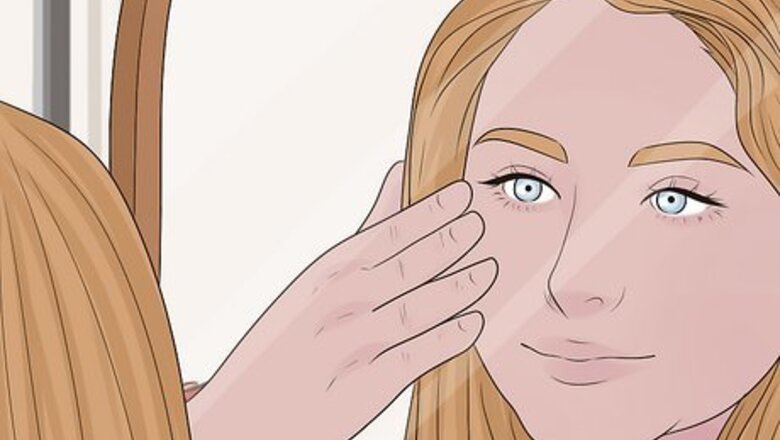
views
- Skin cycling is a skin-care routine designed to improve your results and keep your skin healthy.
- The skin cycling routine is a 4-night process, in which you exfoliate on night 1, use retinoids on night 2, and recover on nights 3 and 4.
- Skin cycling is a safe, dermatology-approved practice because the fewer products you use on your face, the better.
What is skin cycling?
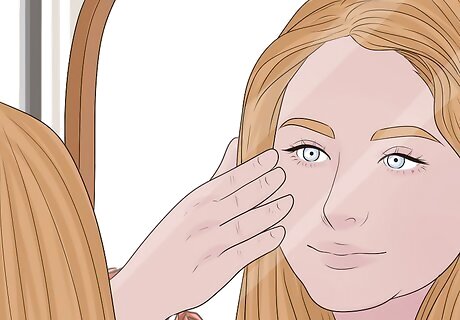
Skin cycling is a skincare routine that can minimize irritation and maximize results. The skincare routine took the world by storm when #skincycling started trending on Instagram and TikTok. Influencers started sharing the technique and praising the benefits. What is the difference between skin cycling and other skincare routines? Rest days. With skin cycling, certain products are used on specific days of the week, allowing you to “cycle” through products without irritating your skin. In other words, skin cycling is the process of using skincare products intermittently. The term “skin cycling” was first used by Whitney Bowe, a certified dermatologist whose skin cycling videos have raked up over 2 million views.
How to Skin Cycle

Night 1: Exfoliate On the first night of your skin cycle, clean and dry your face as you normally would. Then, exfoliate with an exfoliating scrub or product. This helps remove dead skin cells and make your skin look fresher. After exfoliating, moisturize with a fragrance-free moisturizer. Stop exfoliating if your skin stings, burns, or turns red. Exfoliating could irritate sensitive or acne-prone skin, so always use a gentle hand.
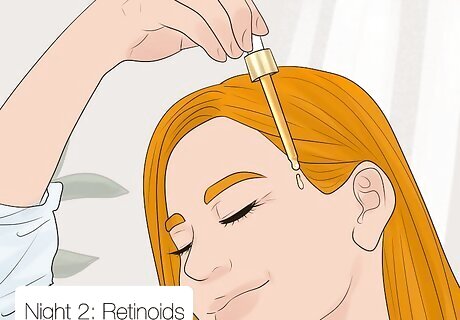
Night 2: Retinoids On the second night of your skin cycle, apply a product that contains retinoids to help reduce the appearance of fine lines and wrinkles. Use prescribed retinoids like tretinoin, tazarotene, or adapalene, or opt for over-the-counter products like retinol. Follow the instructions on the back of your chosen product for the best results. Retinoid products and retinol creams can cause dryness and make you more susceptible to sunburn. So, always moisturize and wear sunscreen to combat these effects.
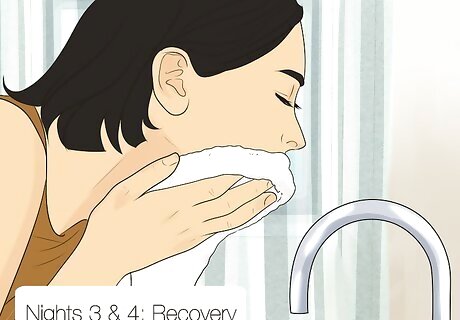
Nights 3 & 4: Recovery On the third and fourth night, let your skin rest. This is what sets skin cycling apart from the rest. Giving your skin a chance to recover from skincare products can help reduce sensitivity and irritation. So, wash your face with a fragrance- and chemical-free cleanser and moisturize as you normally would. Avoid using extra products on these days, as this can upset the cycle.

Repeat the cycle After the fourth day, start the cycle again, returning to night 1’s exfoliation. Keep up this routine to see the full benefits of this simplistic skin-care routine. Don’t be afraid to play around with your routine, especially the rest days. For instance, if your skin needs an extra day to recover after exfoliating, tweak the routine to match your needs. Remember, skin care isn't one size fits all.
How Skin Cycling Can Benefit You

Skin cycling can help repair your skin barrier. The skin barrier is essentially the skin you can touch. Your skin protects you from infections, chemicals, and allergens, making it one of the most important organs in your body. Over-using skin products can actually damage your skin barrier over time and put your health at risk. The skin cycle routine uses only a few products and implements rest days so your skin can recover and be the best it can be. Your skin barrier may be damaged if you have dry or flaky skin, an infection, inflammation, itchiness, and/or rough patches.
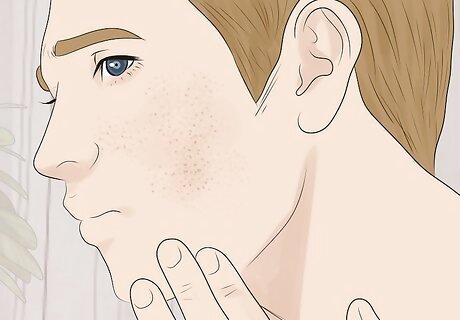
Skin cycling may reduce negative side effects from products. Over-the-counter skin products can irritate your skin, even if you don’t notice it right away. The skin cycling routine gives your skin a chance to rest and recover. After all, the fewer products you use, the less likely you are to have a negative reaction to it. Negative skincare product reactions include acne, redness, swelling, dry or flaky skin, and itchiness.
Is skin cycling safe?

Yes, skin cycling is considered a safe and effective skincare routine. While the trend originated on TikTok, many dermatologists have suggested similar “cycling” techniques for years. The simpler your skin-care routine is, the better. Skin cycling gives you the chance to simplify your skincare routine and find a regimen and products that work for you. Plus, the process is short and sweet, allowing you to save time and money. Keep in mind that everyone’s skin is different. If you have a skin condition like acne or eczema, your skin may require additional medications and care outside the regular skin cycle. Talk to your dermatologist before starting a skin cycle routine, as they can provide personalized advice on whether or not the routine will match your skin’s needs. If a specific product (such as retinol) doesn’t work for you within the skin cycling routine, modify it! Swap a retinoid cream for something safe for your skin, like a serum, for instance.



















Comments
0 comment